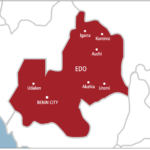On October 26, 2022, the Central Bank of Nigeria (CBN), announced that it would be redesigning the N200, N500 and N1,000 notes.
Godwin Emefiele, the then Governor of CBN said the move became imperative because the country needed to improve on its currencies’ security and features, mitigate counterfeiting, preserve the collective national heritage, control the banknotes in circulation and reduce the overall cost of currency management.
The apex bank stressed that the exercise was long overdue as international best practice required central banks all around the world to redesign banknotes every five to eight years.
It also noted that the new banknotes would start circulating from December 15, 2022, and that the old notes would cease to have value on January 31, 2023.
No plans to phase out redesigned notes – CBN
Naira redesign: Heads must roll
Before the last one, Nigeria had made some changes to its banknotes since gaining independence in 1960.
1962
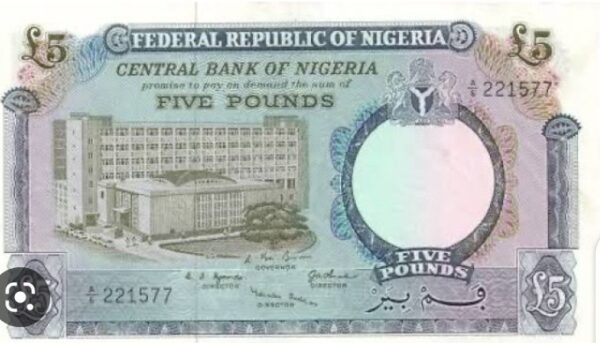
The West African Pound, a currency used by a group of British colonies, protectorates and mandate territories, served as Nigeria’s legal tender until 1958. In 1959, Nigeria changed the name on its banknotes to the ‘Nigerian Pound’. Despite this change, the fact that the notes still bore the name ‘Federation of Nigeria’ meant the country was still under British rule. However, after it gained independence, the inscription ‘Federation of Nigeria’ was replaced in 1962 with ‘Federal Republic of Nigeria’ on the notes.
1973

Nigeria changed its currency name from pound, shillings and pence to naira and kobo. With the change, a naira at the time was equal to 10 shillings, while 100 kobo became one naira. This era brought an end to the pound being used as the dominant legal tender in the country.
1977
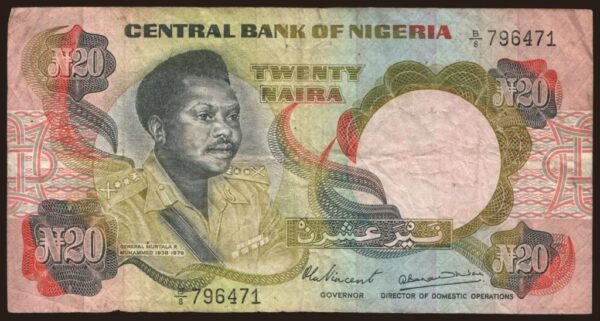
On February 11, 1977, the N20 note was introduced by the then military head of state, Olusegun Obasanjo. The new currency immediately became Nigeria’s highest denomination and its emergence also coincided with the period the country experienced economic growth. The preference for cash transactions and the need to conveniently move around with cash made the introduction of N20 a highly welcome development among Nigerians. For the first time, the image of a prominent citizen (General Murtala Muhammed) was put on the banknote.
1979

Three new banknotes were introduced, one naira, five naira and ten naira (₦1, ₦5, ₦10). In order to facilitate identification, distinctive colours were used for the various denominations. The notes bore the portraits of three eminent Nigerians, who were declared national heroes on October 1, 1978. The one naira note had the portrait of Herbert Macaulay, a Nigerian nationalist. On the five naira note was Tafawa Balewa, Nigeria’s Prime Minister during the independence era, and on 10 naira was Alvan Ikoku, a foremost Nigerian educationist.
1984
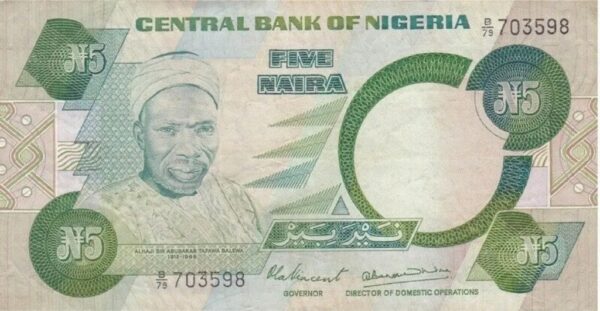
All the colours of the banknotes were changed except for the 50 kobo note. The redesign became necessary in order to control the trafficking of the naira to foreign countries, according to the then government. Muhammadu Buhari, Nigeria’s immediate past president, was the country’s military head of state at the time.
1999
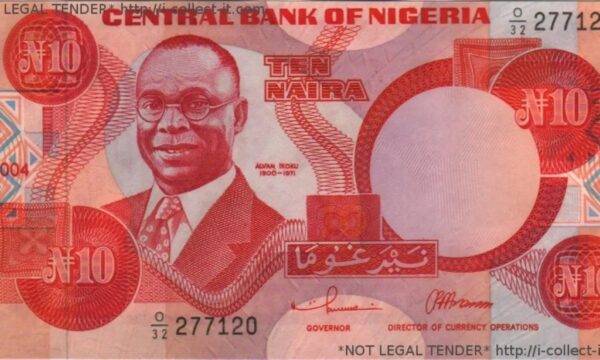
In response to the expansion in economic activities and to facilitate an efficient payment system, the N100, N200, N500 and N1000 banknotes were introduced in December 1999, November 2000, April 2001 and October 2005 respectively.
2007
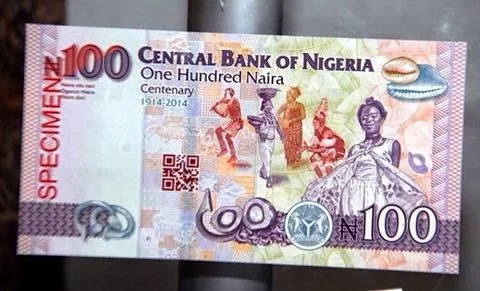
A polymer N20 banknote was introduced for the first time, as part of the economic reforms. The features of N50, N10, N5 as well as N1 and 50 kobo coins were also changed while N2 coin was introduced.
2009
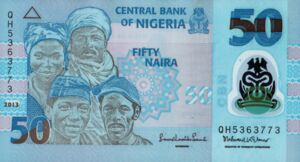
Following a perceived successful performance of the N20 by the government, the N5, N10 and N50 were also converted to polymer banknotes on September 30, 2009.
2010
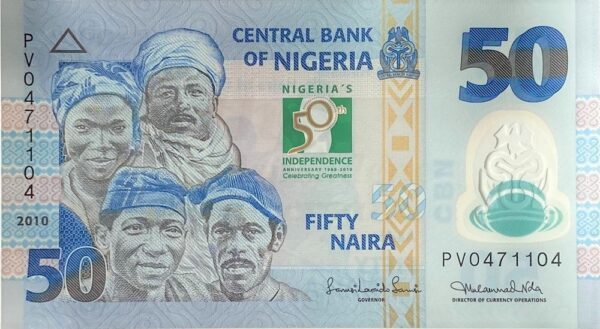
A commemorative N50 polymer note was produced on September 29, 2010, as part of the CBN’s contribution towards the celebration of Nigeria’s 50th independence anniversary.
2014

Like in 2010, the apex bank also redesigned the N100 note to celebrate the 100th anniversary of the amalgamation of the northern and southern protectorates in 1914. The special notes were printed on December 19, 2014.


